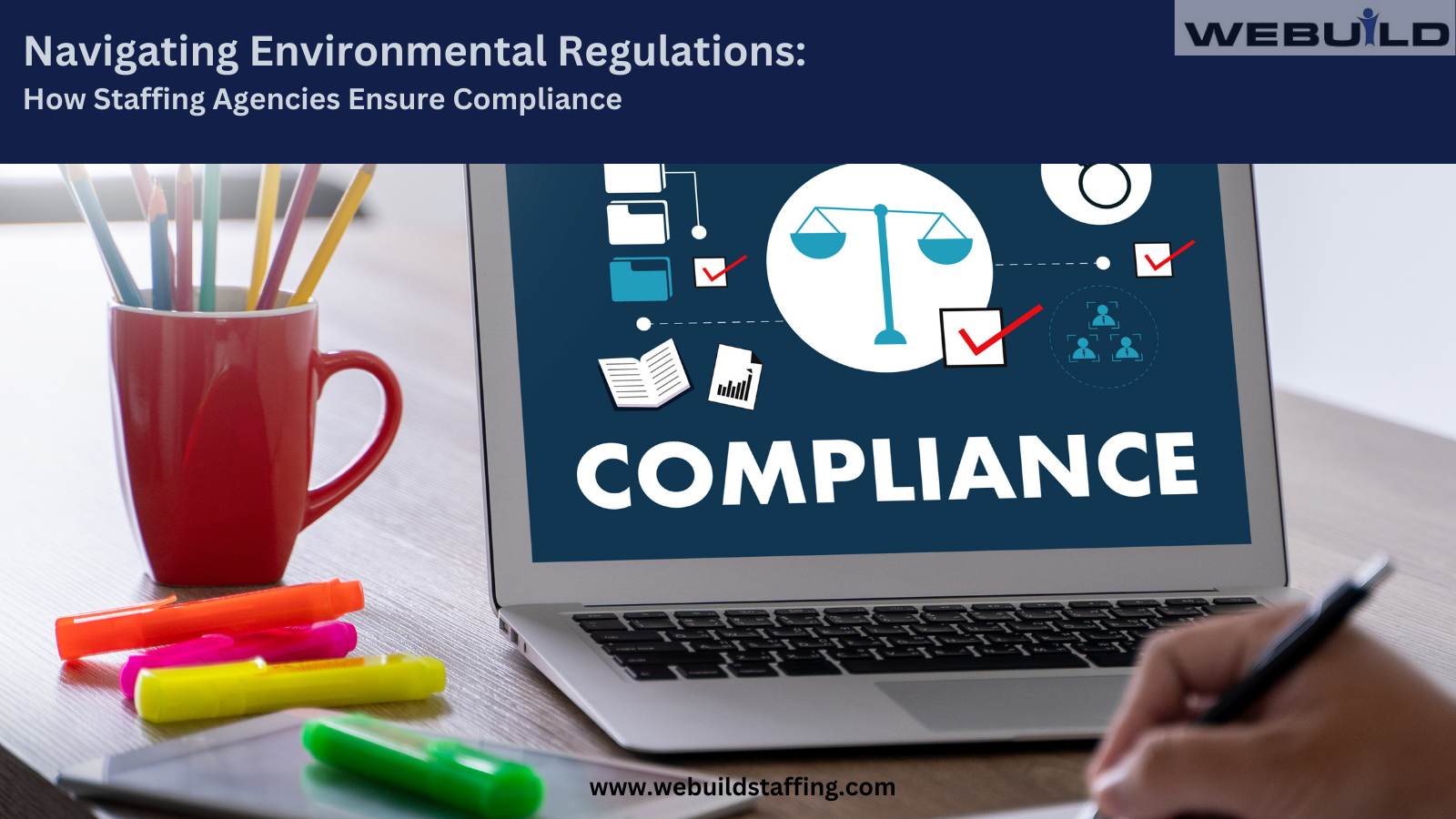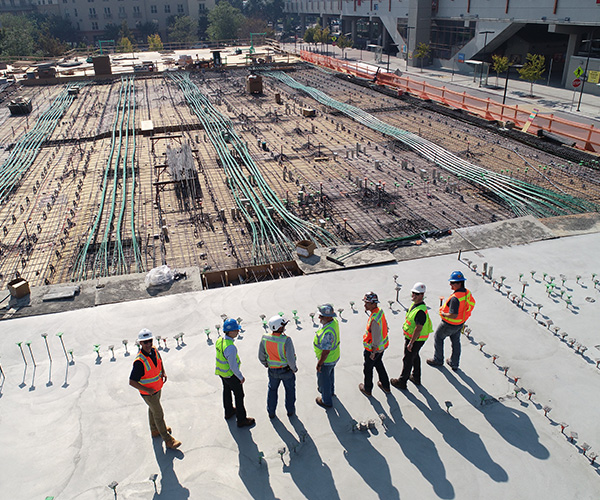Balancing Flexibility and Stability in Construction Workforce Management
WEBUILD STAFFING BLOG |
Balancing Flexibility and Stability in Construction Workforce Management

The construction industry is known for its cyclical nature, characterized by fluctuating demand, project timelines, and labor requirements. In such a dynamic environment, finding the right balance between flexibility and stability in construction workforce management is essential for ensuring project success, maximizing productivity, and maintaining a competitive edge.
Lets explore the concept of balancing flexibility and stability in construction workforce management, examining strategies, best practices, and real-world examples for creating a sustainable workforce model.
Understanding the Dynamics of Construction Workforce Management:
Construction projects vary widely in scope, scale, and complexity, requiring construction companies to adapt their workforce management strategies to meet changing demands. Key factors that influence workforce management in construction include:
- Seasonal Demand: Construction activity often fluctuates seasonally due to weather conditions, economic factors, and project cycles. As a result, construction companies may experience periods of high demand followed by lulls in activity, requiring them to adjust their workforce size and composition accordingly.
- Project Timelines: Construction projects have finite timelines, with deadlines and milestones that must be met to ensure timely completion. Effective workforce management involves aligning staffing levels, skill sets, and resources with project schedules to avoid delays, cost overruns, and quality issues.
- Skill Requirements: Different construction projects require different skill sets, ranging from general labor to specialized trades and technical expertise. Construction companies must assess project requirements and recruit, train, and deploy workers with the right skills and qualifications to meet client expectations and project specifications.
- Labor Market Dynamics: Labor availability, wages, and competition for talent vary across geographic regions and construction sectors. Construction companies must navigate labor market dynamics to attract and retain skilled workers, while also managing costs and maximizing profitability.
Balancing Flexibility and Stability in Construction Workforce Management:
Achieving a balance between flexibility and stability in construction workforce management requires a strategic approach that considers both short-term project needs and long-term business objectives. Here are some strategies for balancing flexibility and stability in construction workforce management:
- Develop a Flexible Staffing Model: Implementing a flexible staffing model allows construction companies to scale their workforce up or down in response to changing project demands. This may involve utilizing a mix of full-time, part-time, temporary, and subcontracted workers to maintain flexibility while ensuring access to the skills and expertise needed to complete projects successfully.
- Invest in Cross-Training and Skill Development: Cross-training and skill development initiatives enable construction companies to enhance workforce flexibility by equipping workers with a diverse range of skills and competencies. By training employees to perform multiple roles and tasks, companies can adapt more easily to changing project requirements and mitigate the impact of skill shortages or turnover.
- Maintain a Core Team of Skilled Workers: While flexibility is important, maintaining a core team of skilled workers provides stability and continuity for construction projects. These core workers serve as the backbone of the workforce, providing expertise, leadership, and institutional knowledge that contribute to project success and client satisfaction.
- Leverage Technology and Innovation: Advancements in technology and innovation are transforming construction workforce management, enabling companies to optimize resource allocation, improve efficiency, and streamline operations. Construction companies can leverage digital tools, project management software, and data analytics to forecast labor demand, optimize scheduling, and allocate resources more effectively.
- Establish Strategic Partnerships: Strategic partnerships with subcontractors, labor unions, trade associations, and vocational schools can enhance workforce flexibility and access to specialized skills. By collaborating with external partners, construction companies can tap into additional resources, expertise, and talent pools to meet project requirements and expand their capabilities.
- Implement Agile Project Management Practices: Adopting agile project management practices allows construction companies to respond quickly to changing project requirements and client needs. Agile methodologies emphasize collaboration, adaptability, and continuous improvement, enabling teams to iterate rapidly, adjust priorities, and deliver value more efficiently.
- Prioritize Employee Engagement and Retention: Fostering a positive work environment, offering competitive compensation and benefits, and providing opportunities for career development and advancement are essential for employee engagement and retention. Construction companies that prioritize employee well-being and professional growth are more likely to attract and retain top talent, reducing turnover and enhancing workforce stability.
Real-World Examples:
Several construction companies have successfully balanced flexibility and stability in workforce management, achieving sustainable growth and success. Here are some real-world examples:
Mico Construction Company:
Mico Construction Company maintains a core team of skilled workers supplemented by a flexible pool of subcontractors and temporary workers. By investing in cross-training and skill development programs, Mico Construction Company ensures that its workforce is adaptable and capable of meeting the diverse needs of its clients. Strategic partnerships with local trade associations and vocational schools provide access to specialized skills and expertise, further enhancing the company’s flexibility and competitiveness.
Yellen Builders:
Yellen Builders leverages technology and innovation to optimize workforce management and project delivery. By implementing cloud-based project management software and digital tools for resource planning and scheduling, Yellen Builders can allocate labor resources more effectively, streamline communication, and improve project coordination. Agile project management practices enable Yellen Builders to respond quickly to client feedback and changing market conditions, ensuring that projects are delivered on time and within budget.
In conclusion: Balancing flexibility and stability in construction workforce management is essential for navigating the dynamic and unpredictable nature of the construction industry. By developing a flexible staffing model, investing in cross-training and skill development, maintaining a core team of skilled workers can create a sustainable workforce model that adapts to evolving project demands and drives long-term success.
Webuild Staffing Agency is a leading executive search and staffing agency dedicated to the construction, engineering and environmental industries. To learn more please visit: www.webuildstaffing.com










